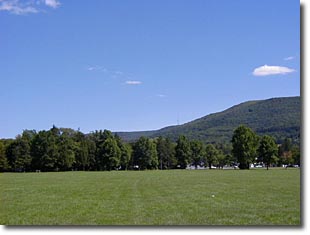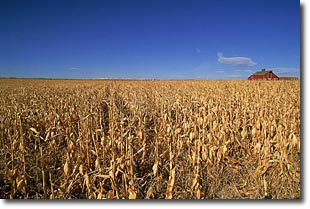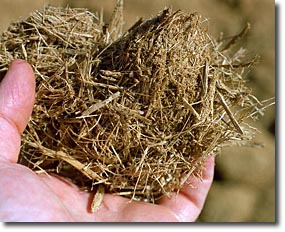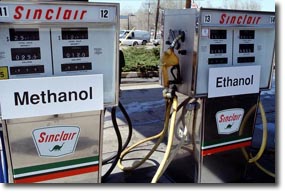Biomass
If the loss of carbon sinks is the issue, than why not replant the forests? This is actually a great idea (providing you have the land, not likely to work in New York, New York). The Australians were very keen on having carbon sink count as a means of offsetting CO2 emissions and it was included in Kyoto protocol.
Source: JPM
Source: DOE / NREL, Jim YostAfter all, the fossil fuels were at one point in time locked away in biomass. By returning them to that state we take the greenhouse gas carbon dioxide out of the atmosphere where it might be contributing to the warming of the planet. If we really want to extend our energy use then we can cut the trees down, burn the biomass and as long as the trees are replanted it is a carbon dioxide neutral system. But wait, it gets even better:
We can use other plants too such as Corn or Sugercane (warmer locations such as the Caribean). Then instead of burning the fuel we make booze! Well perhaps not the booze we would want to make. We can make ethanol (or methanolóbut you can not drink methanol) and instead of it being in the rum (Bacardi and Don Que—made in Puerto Rico) we can make pure ethanol and use it as a transport fuel. Does this ring a bell? Remember Brazil: 3% gasoline in the ethanol to prevent the ultimate drink driving problem: One for you (car) & one for me! Sugercane is already biomass in the sense that the cane is crushed to squeeze the suger water out, the stalks are dried and then used to fuel the fire for the rum making process.
Recall that biomass has multiple advantages:
- Increased employment in the mid West.
- Increased security of energy
- Increased lifetime of fossil fuels (because biomass it is a renewable energy we can save the fossil fuels for more important uses than burning!)
- NET Carbon dioxide neutral!
- Less pollution!
Source: DOE / NREL, Warren Gretz
Source: DOE / NREL




